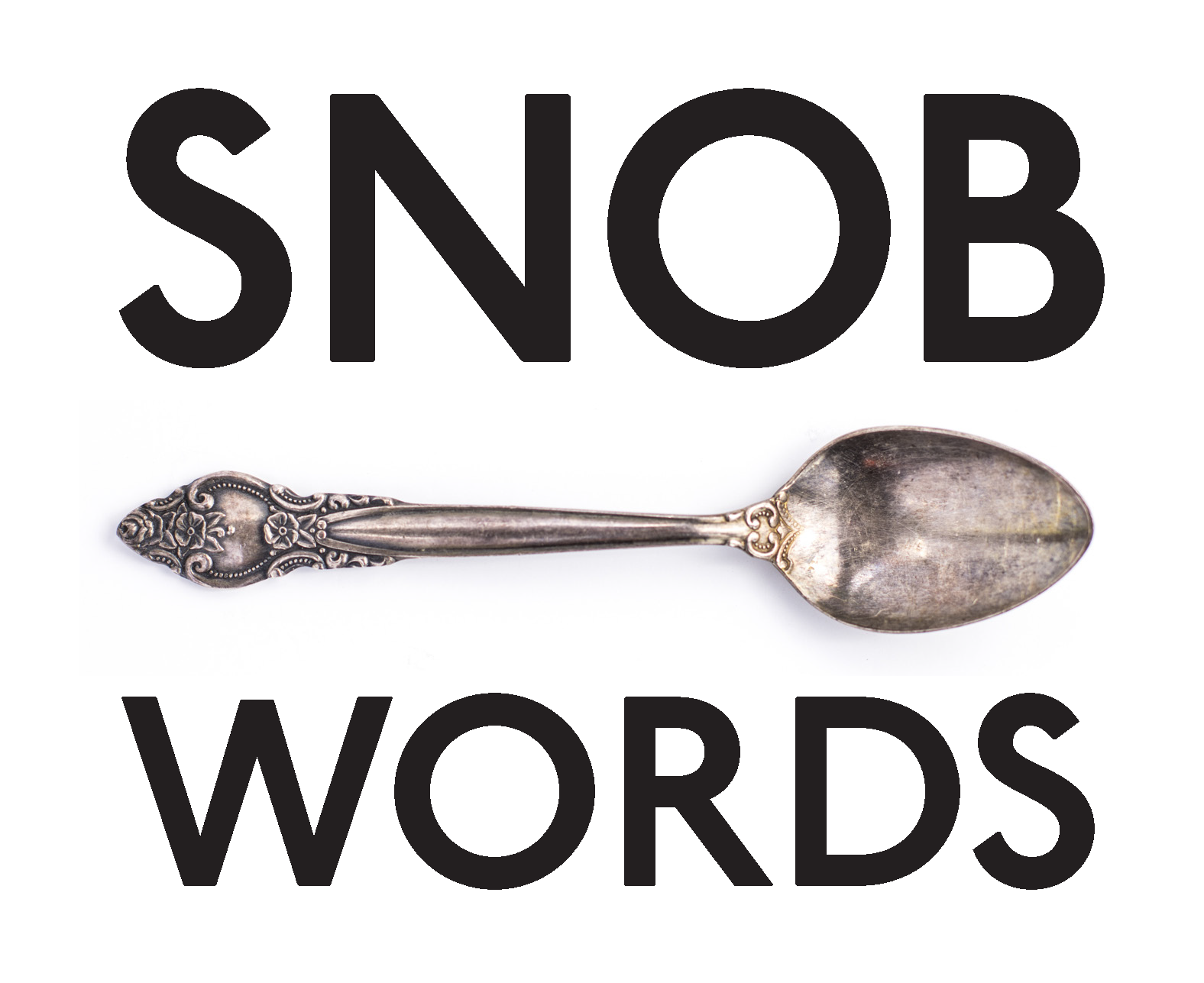
To make an etching, which is a type of print, an artist begins by
drawing a design on a wax-coated metal plate using an etching
needle. Wherever the needle touches the plate, it removes wax
and exposes metal. Once the design is finished, the plate is
placed in an acid bath, which “bites” indentations into the
exposed metal areas.
The plate is later inked and wiped clean, leaving ink in the
indentations only. When paper is pressed firmly against the
plate, the ink adheres to it, creating the design.
The first dated etching is from 1513, but Rembrandt, who
worked in the following century, is often considered the master
of the genre.
